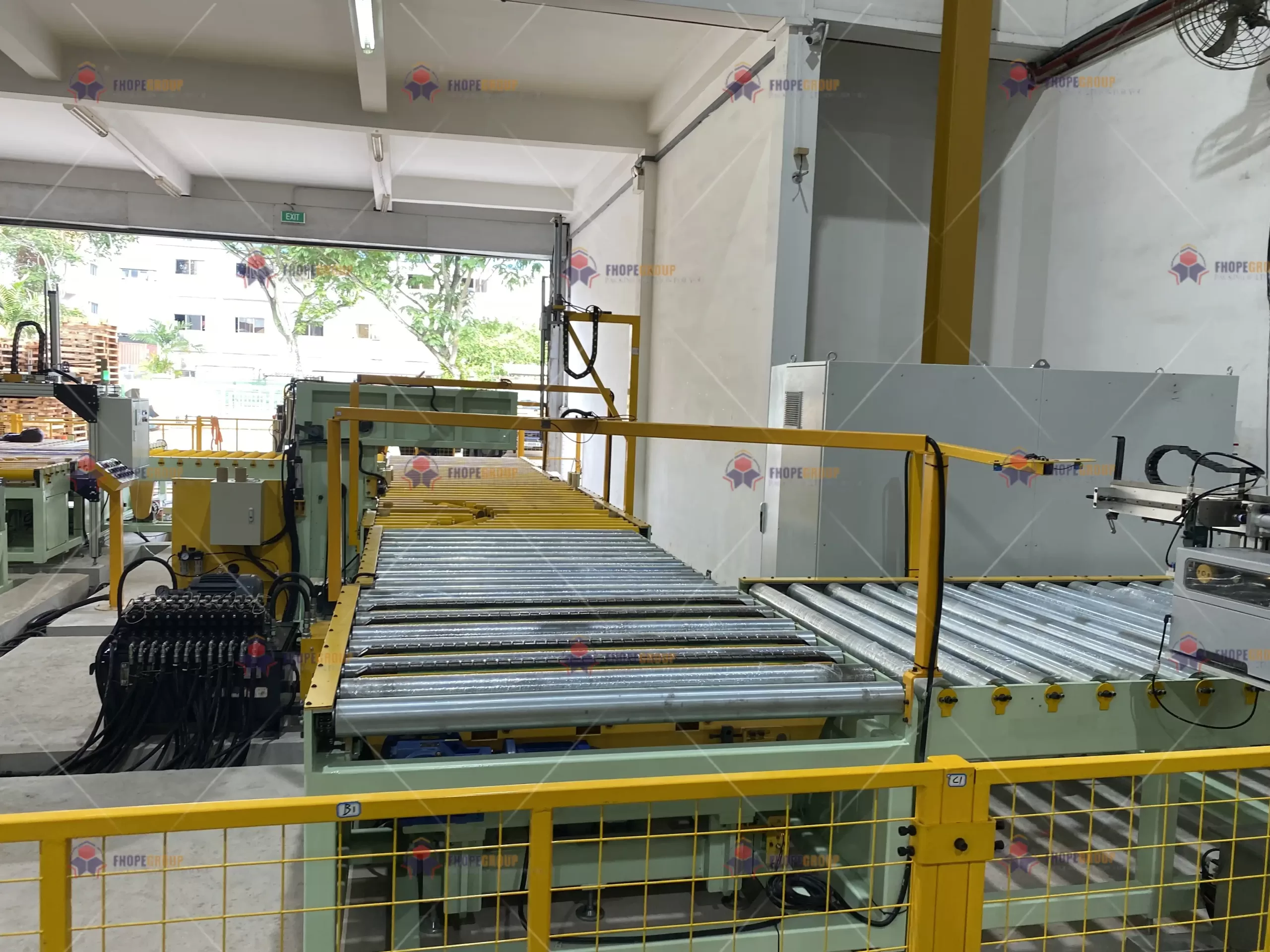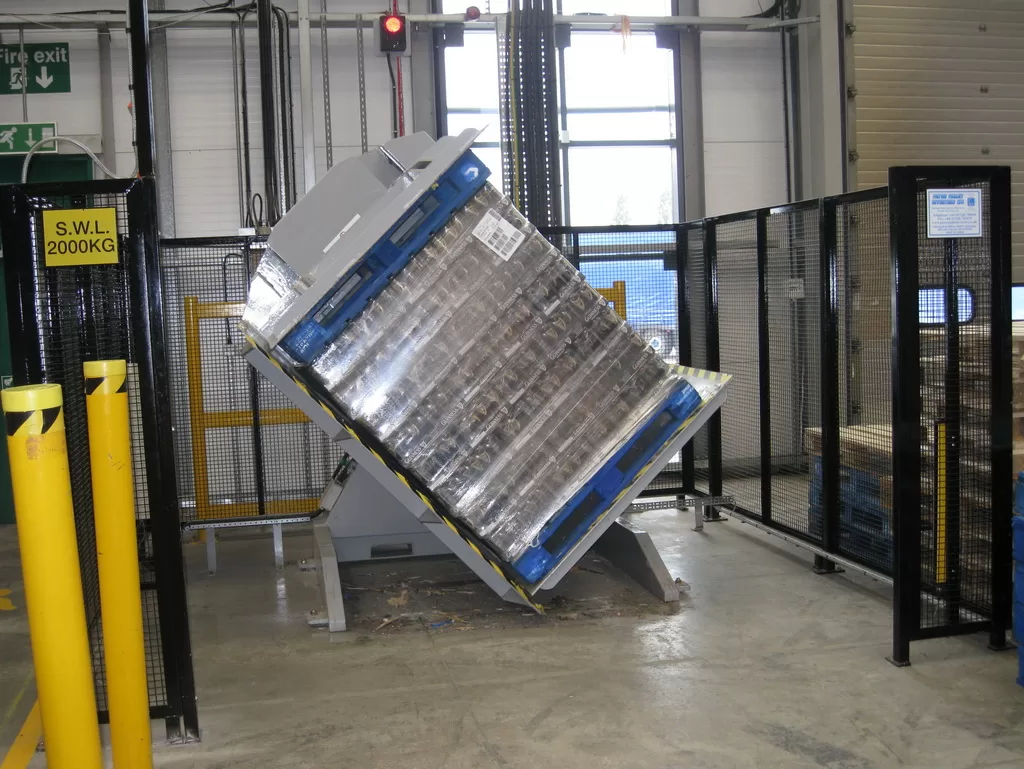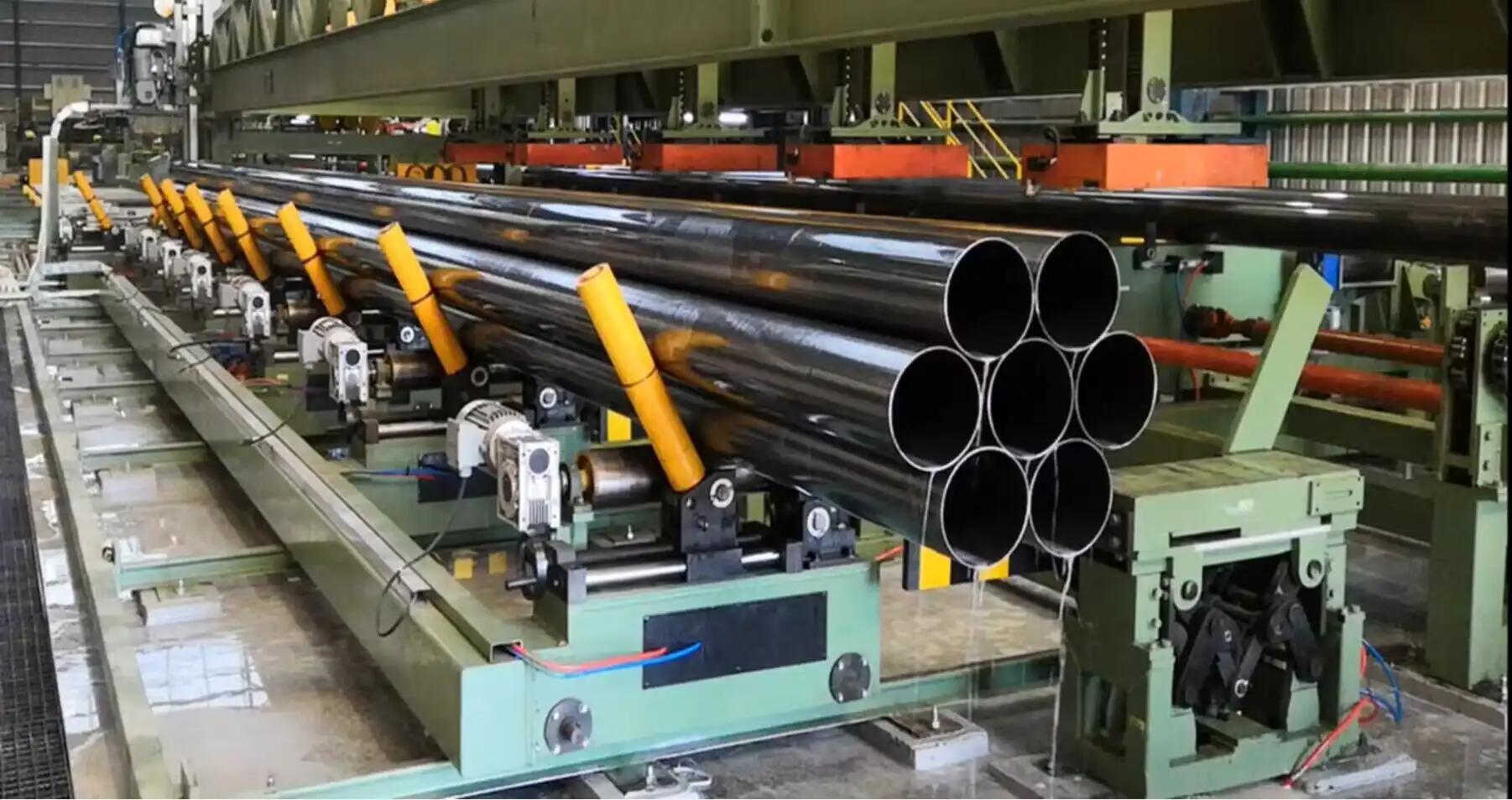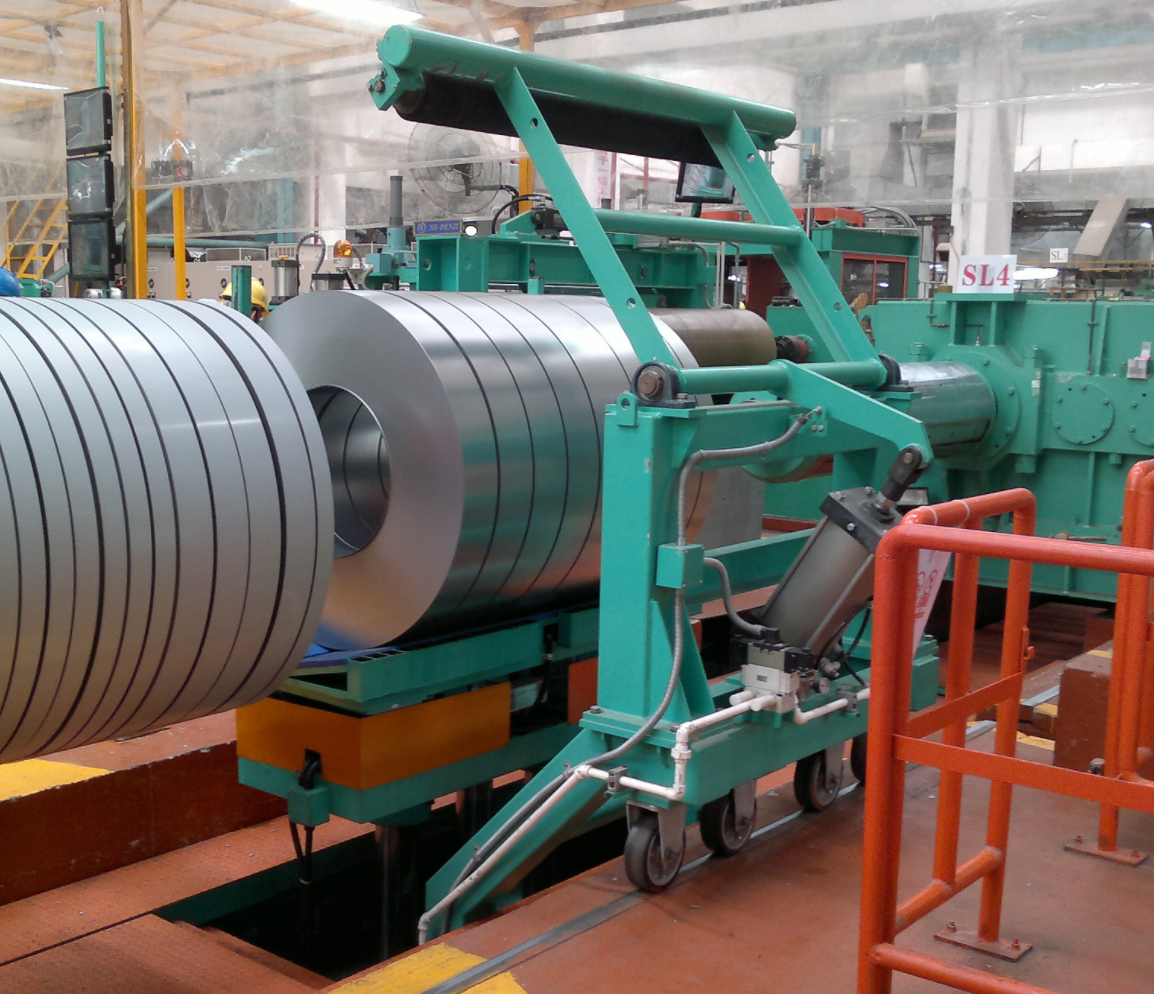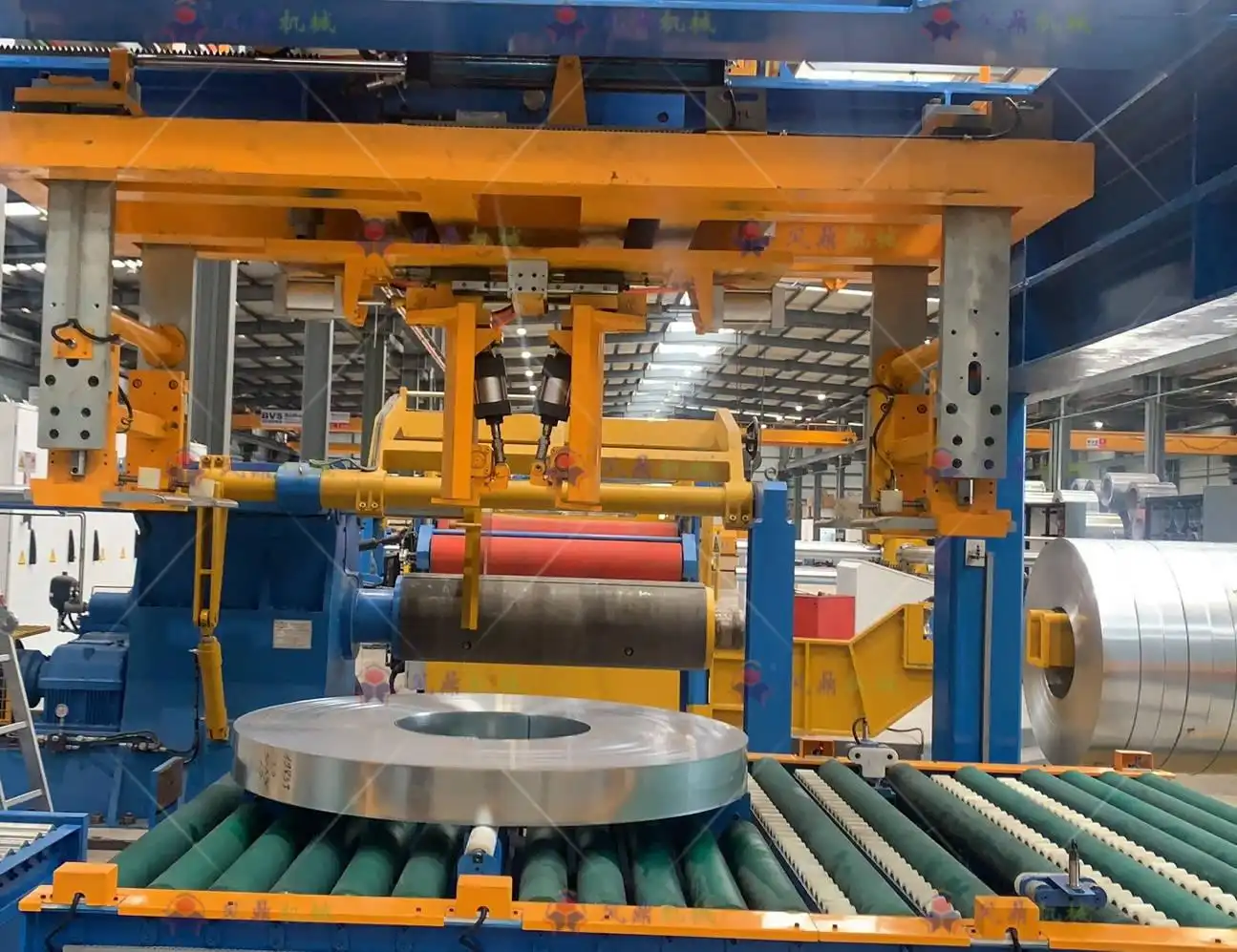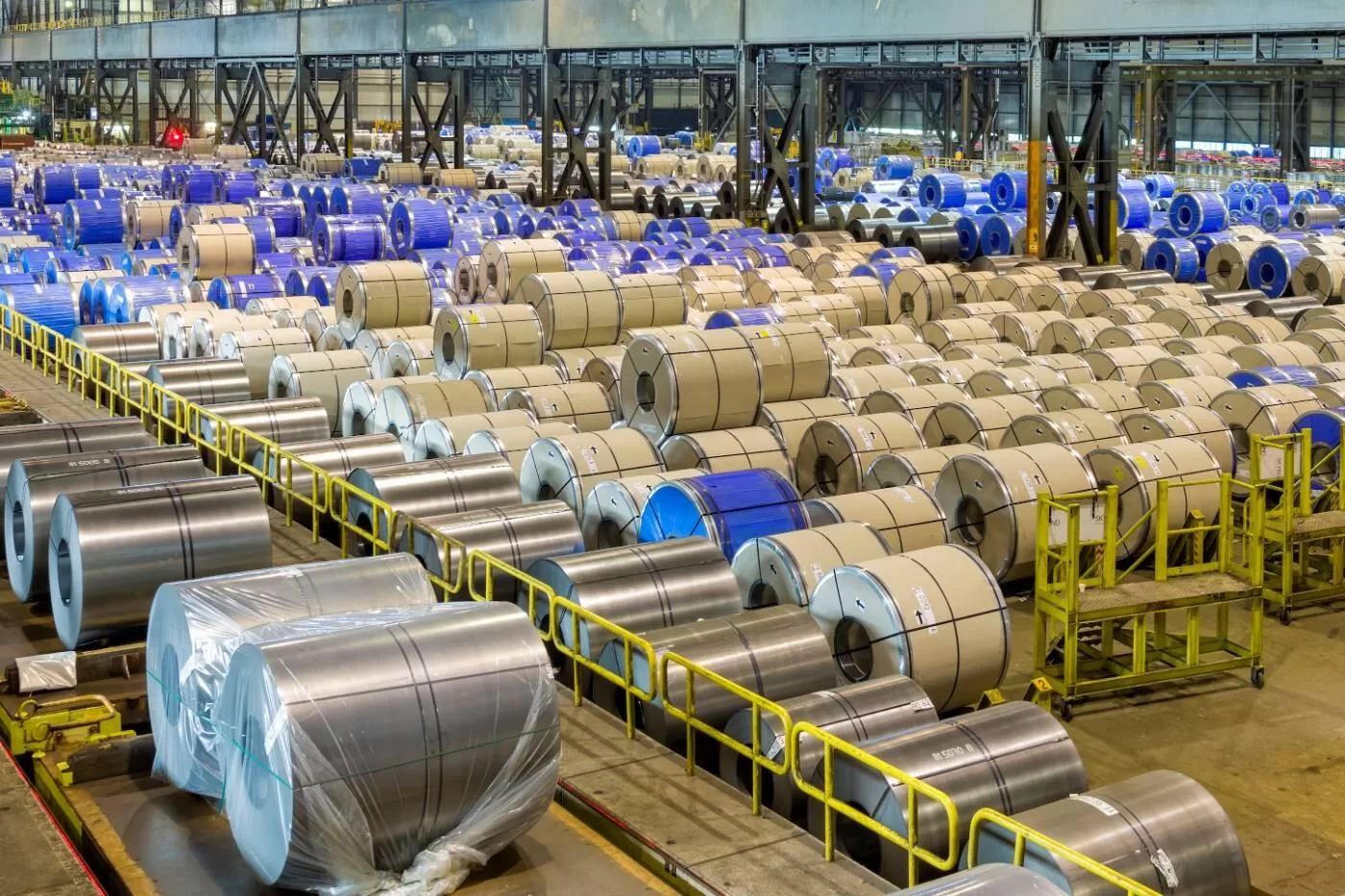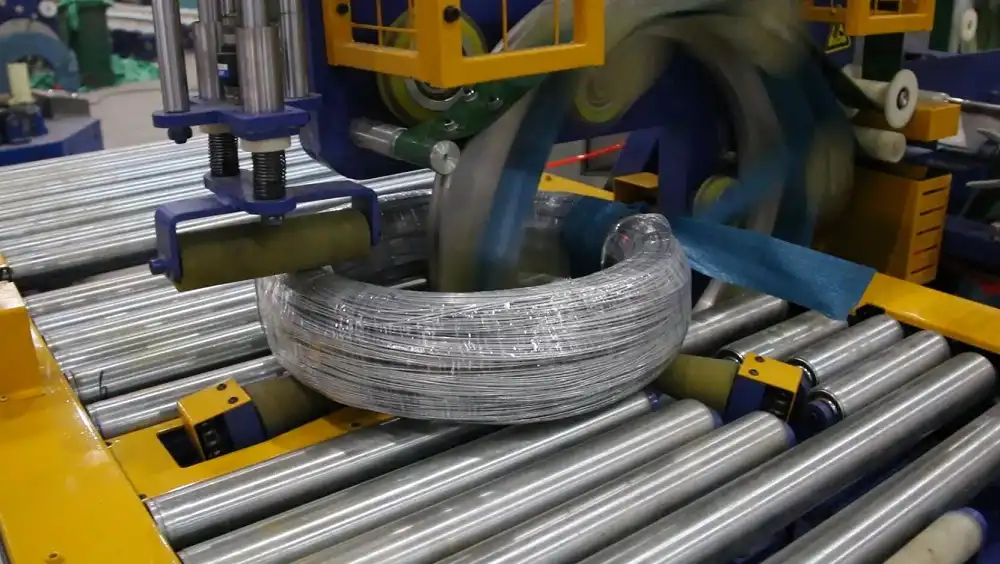What Are the Key Parameters for Selecting a Steel Wire Strapping Machine?
Selecting the right steel wire strapping machine is crucial for ensuring efficient and secure packaging. This choice impacts productivity, cost-effectiveness, and the safety of your products during transit and storage.
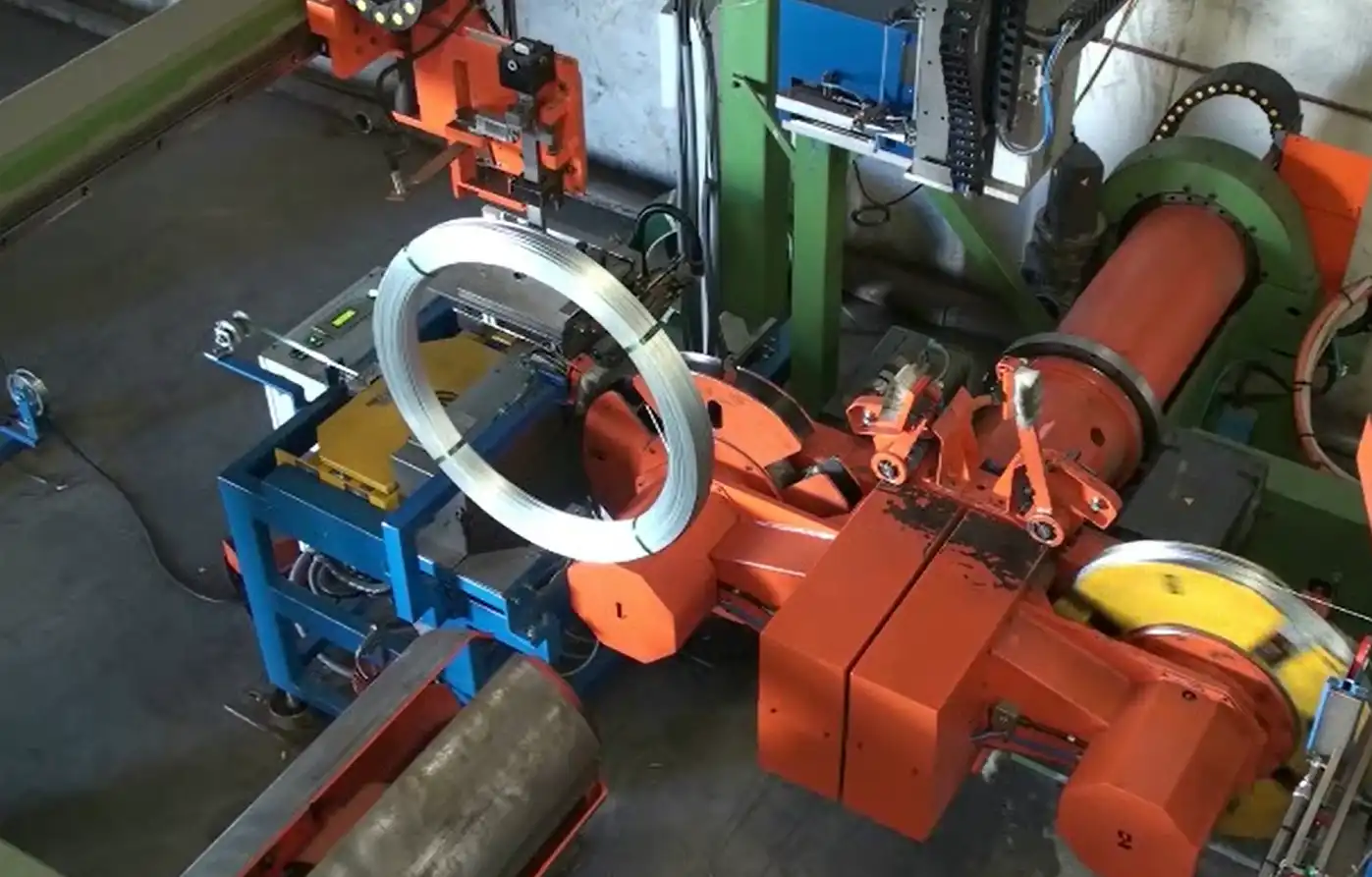
To select the ideal steel wire strapping machine, consider factors like strapping material compatibility, coil size, automation level, tension capacity, and the types of joints it can create. Evaluating these parameters ensures the machine meets your specific operational needs and optimizes packaging efficiency.
The process of selecting a steel wire strapping machine is not always straightforward. It requires a deep dive into your operational needs, the types of products you handle, and the environment in which the machine will operate. By carefully considering these factors, you can make an informed decision. Let’s explore these critical parameters in detail.
1. Strapping Material and Dimensions: Matching the Machine to Your Wire
Choosing the right steel wire strapping machine starts with understanding the strapping material itself. The machine must be compatible with the type and dimensions of steel wire you intend to use.
The key is to confirm the machine’s compatibility with your steel wire’s width, thickness, and tensile strength. Mismatched specifications can lead to machine malfunction, strap breakage, and unsafe packaging. Always verify these parameters before making a purchase.

To select the correct machine, further delving into the specific dimensions and material properties of the steel wire you plan to use is vital. Consider the breaking strength of the steel, its elasticity, and any coatings that might affect the strapping process. Let’s break down the critical factors to consider when assessing strapping material compatibility.
Sub-heading: Understanding Steel Wire Properties and Machine Compatibility
One must consider the physical properties of the steel wire, like tensile strength and elongation, as these can significantly impact the performance of the strapping machine. A machine designed for low-tensile wire might struggle with high-tensile applications.
Wire dimensions
Wire dimensions is a vital factor, too thin or too thick and you encounter the following problems
- Thickness Too thin: wire might break before reaching desired tension; Too thick: machine may not be able to properly bend or seal it.
- Width Too narrow: compromised holding strength; Too wide: machine may not feed or tension correctly.
Coating
Does the wire coating affect adhesion and friction through the machine’s mechanisms?
Table: Impact of Wire Properties on Strapping Machine Performance
| Wire Property | Impact on Machine Performance | Potential Issues |
|---|---|---|
| Tensile Strength | Determines the maximum tension the machine can apply. | Exceeding the machine’s limit can cause damage or failure. |
| Elongation | Affects the wire’s ability to stretch and conform to the package shape. | Insufficient elongation can lead to strap breakage. |
| Wire width | Affects the wire’s holding strength | Too wide can hinder the machinery’s feeding process and tension power. |
| Wire thickness | Affects the machinerys bending and sealing process | Too thin can lead to the wire breaking before the desired tension. |
| Surface finish/coatings | Affects the wire bending and feeding | coatings such as plastic or paint may cause slippage issues |
Matching Wire Properties to Machine Capabilities
Consult the strapping machine’s specifications to ensure it aligns with your steel wire. This includes the recommended wire gauge and tensile strength range. It also includes taking into consideration the material the machine is made out of, as some materials are more applicable to different wire finishes.
Considering these factors ensures that the machine operates efficiently and safely, reducing the risk of equipment damage, material waste, and potential injuries. This upfront analysis is a cornerstone of effective packaging and operational efficiency.
2. Automation Level and Operational Efficiency
The level of automation in a steel wire strapping machine directly impacts its operational efficiency. Choosing between manual, semi-automatic, and fully automatic machines depends on your production volume and labor resources.
Choosing the appropriate level of automation hinges on your production volume and labor costs. Manual machines are cost-effective for low volumes, while automatic systems significantly boost throughput for high-volume operations. Semi-automatic machines offer a balance between the two.

Selecting a machine whose automation levels match the environment and needs of your company is of utmost importance. In this section, we will explore various considerations for automation, ranging from the integration of machines with your business’ current labor force and what automation means for a business in the long-term.
Sub-heading: Tailoring Automation to Your Production Needs
There are machines with different automation levels. Matching the machines to the needs of your production levels guarantees the maximum production output.
Manual
Hand-operated tools are economical for small-scale, irregular use.
Semi-Automatic
These machines require manual initiation but automate certain aspects of the strapping process, offering a balance of speed and cost-effectiveness.
Fully Automatic
Integrated into production lines, these machines require minimal human intervention and are ideal for high-volume applications.
Considerations when choosing a automation level
- Labor Costs: Reduced labor requirements with higher automation can lead to significant cost savings over time.
- Throughput Requirements: Higher automation levels enable faster processing, which is crucial for meeting tight deadlines and high production volumes.
- Integration Needs: Consider how easily the machine can be integrated into your existing production line, as well as how it will work in harmony with current employees.
- Budget: The decision needs to be in line with budgetary constraints, and a consideration for how fast the machine will be ROI positive.
Selecting the right level of automation is a strategic decision that balances initial investment with long-term operational benefits.
3. Tension Capacity and Joint Type: Securing Your Products Effectively
The tension capacity of a steel wire strapping machine determines its ability to secure packages of varying weights and sizes. The type of joint it creates affects the strength and reliability of the closure.
Ensure the machine’s tension capacity aligns with the weight and dimensions of your typical packages. Consider the type of joint – seal, seal-less, or weld – based on the required holding strength and the nature of the products being packaged. Match the joint to the packaging efficiency required.

Evaluating the types of joints available and tensioning requirements are key to picking out the correct steel wire strapping machine. This selection process influences the security and overall presentation of the packaged goods.
Sub-heading: Understanding Tensioning Mechanisms and Joint Integrity
The mechanisms of tensioning, as well as the impact of these joints on packaged goods has to be a consideration when deciding on a steel wire strapping machine.
Tensioning Mechanisms
- Manual Tensioning: These mechanisms are common in hand-held devices, appropriate for small tasks.
- Pneumatic Tensioning: This mechanism offers consistent tensioning and is more appropriate for larger operations.
- Electric Tensioning: This delivers high precision and is used in fully automated settings.
Types of Joints
- Seal Joints: Metal seals crimped over the overlapping strap ends, ideal for general-purpose strapping.
- Seal-less Joints: A notch that interlocks the strap ends through pressure, reducing material costs and is favored in high-volume scenarios.
- Welded Joints: This method fuses the strap ends with heat.
Table: Factors Affecting Joint Strength and Reliability
| Joint Type | Factors Affecting Strength | Reliability Considerations |
|---|---|---|
| Seal | Seal quality, crimping force | Seal material, corrosion risk |
| Seal-less | Notch precision, strap tension | Material hardness, strap alignment |
| Welded | Welding temperature, weld time | Material purity, weld consistency |
The choice of tension capacity and joint type should align with your specific packaging requirements.
4. Consider the power source.
Consider the power consumption of the steel strapping machine with the available power source on site.
Ensure the machine’s power source is able to handle the capacity of the machine’s power requirements. The power source should also conform to any safety requirements.
Choosing the right power source is a strategic decision that balances initial investment with long-term operational benefits.
For example, Pneumatic tensioning requires connection to an air compressor to properly function. Electric tensioning requires a direct power source.
Conclusion
Selecting a steel wire strapping machine requires careful consideration of strapping material, automation level, tension capacity, and joint type. By matching these parameters to your specific needs, you can optimize packaging efficiency, ensure product safety, and improve overall operational effectiveness. A well-chosen strapping machine will contribute to a more streamlined and cost-effective packaging process.


